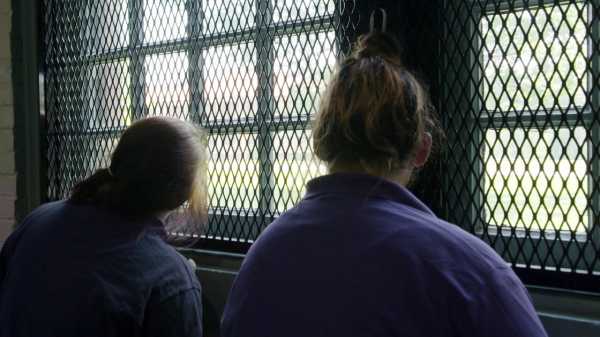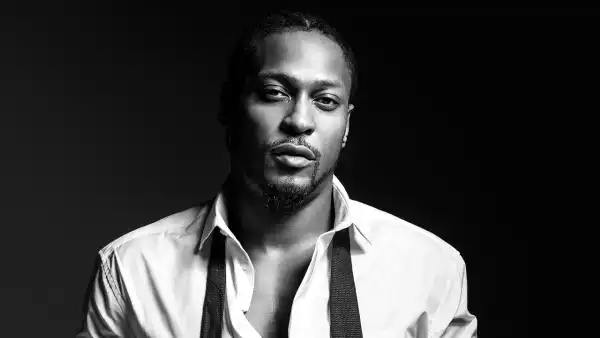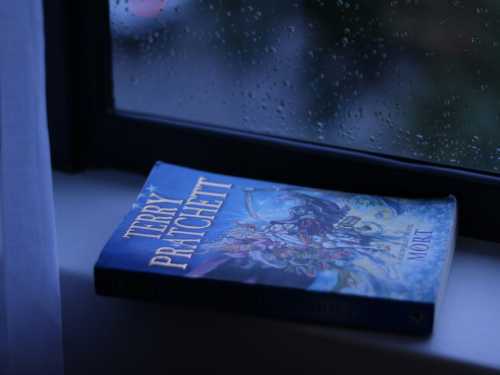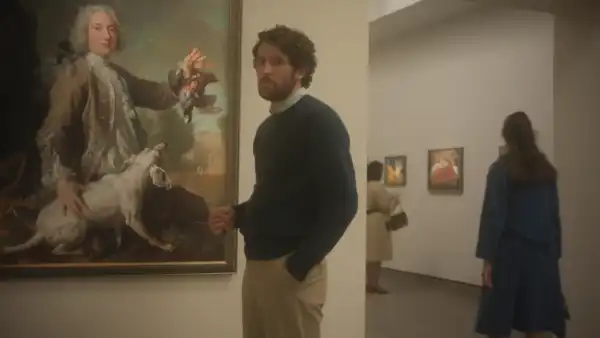
I recently watched, in a single sitting, the entire first season of “Girls Incarcerated: Young and Locked Up,” which premièred on Netflix, last month. It follows, in eight episodes, about fifteen inmates, referred to as “students,” at Madison Juvenile Correctional Facility, in Madison, Indiana, along with the teachers, correctional officers, and counsellors whose job it is to supervise and surveil the girls. The series largely forgoes the macabre violence that one finds on MSNBC’s long-running prison reality series, “Lockup,” and it lacks the judgmental tone of, say, MTV’s “Teen Mom,” in which young mothers are presented as the saboteurs of the American family unit. “Girls Incarcerated” is instead civil, empathetic; in some ways, this view of America, the prison nation, might even seem uplifting.
And yet the series’ approach to its subjects evoked in me both sorrow and indignation. Produced by Loud Television, the company behind such life-style shows as “Tiny House Hunting,” “Girls Incarcerated” rarely engages with the greater conversation about the efficacy of rehabilitative programs for juvenile women, or with the structural realities that lead to the incarceration of girls in the first place. Instead, from the first shot, its storytelling has a sentimental and unnerving bounce. The series opens on an ersatz suburbia—a network of burgundy buildings that resembles the campus of a modest boarding school. Young women in purple polos and purple sweatpants talk to each other on a green field and pace around a gymnasium. A group of young women stand on their tiptoes, peering out of the gym’s window, watching a new student being led onto the grounds. “She’s not gonna like it here,” Heidi Lakin says, with a strained giggle. “Girls Incarcerated” quickly immerses the viewer in the groove of Madison social life, where most youths have been sent for petty crimes, such as alcohol and marijuana consumption, and a few for charges of assault and gun possession. The incarceration plan at Madison gives teen-agers time but no release date, incentivizing them to earn one—they usually stay for just a few months—through the satisfactory completion of a social-education program. Madison houses Promise Junior/Senior High School, from which a number of students proudly graduate. The students bicker, hang out, crack jokes, and fall in puppy love. In one montage, set to rock Muzak, a correctional officer wears a sweater bearing the slogan KEEP CALM AND THANK A CORRECTIONAL OFFICER.
“Girls Incarcerated” takes care to portray its subjects as human beings with intelligence, contradictions, fears, hopes, and anxieties. In Episode 4, we meet the seventeen-year-old Taryn Twine, a model student and a mentor to her peers, who reveals that she asked to be sent to Madison as self-punishment for an accidental car crash; Twine was the driver, and her friend was killed. It is a heartbreaking story, but the show doesn’t dig deeper to explain to us how such a scenario might be legal. This lack of criticality is also found in the next episode, in which a Christian volunteer comes to Madison—where pro-L.G.B.T. posters line the single-sex halls, and where a number of students have paired off in secret relationships—and holds a Bible study where she tells the teens that they will go to hell if they are gay. “Maybe some of us are planning on having a wife,” an attendee tells the volunteer. The waiting guards admonish the group, citing aggression—though the girls are, considering the affront, inordinately calm. “We are interacting with her opinions,” Alexis, who dates Armani, says. “Girls Incarcerated” wants us to have faith in Madison, but the episode makes clear what the show will not admit: that the institution looks to its students primarily as prisoners whose moral beliefs—which Madison claims to want to nurture—are seen as a wild energy to be subdued.
Arnold Shapiro’s experimental documentary “Scared Straight!,” from 1978, shaped the trope of the troubled teen. In it, male teen-agers attending the Juvenile Awareness Project at Rahway State Prison are upbraided by “lifers,” who warn them that, if they do not change their ways, they’ll end up just like them. In the wake of that documentary, and that of “Beyond Scared Straight,” which launched in 2011, on A&E, deterrence programs based on fear tactics in privately owned boot camps, ranches, and boardings schools—all of which promoted the idea that punishment, rather than therapy and communication-based intervention, could reroute potentially violent behavior—became hugely popular. In the decades since, studies have found that “tough love” is often detrimental to young people, and sometimes increases recidivism.
In many ways, “Girls Incarcerated” is the gendered photonegative of the troubled-teen spectacle, set in a world of restorative justice and therapeutic courses. Here, the female prison is not marred by abuse; it is a place of sorority, albeit of a tenuous kind. When the girls, some of whom are as young as thirteen years old, talk about when they began using drugs, skipping school, and joining gangs, they invariably mention poverty, psychological stress, and sexual abuse. In one-on-one sitdowns, one of the girls describes being kidnapped by her mother, who for days forced her to shoot up heroin until she became addicted. For six episodes, Lakin shudders when asked about her own trauma. In Episode 7, she divulges that she was raped when she was twelve. The packaging of this confession is not lurid or overly suspenseful; instead, it feels like truthtelling.
And yet, ultimately, “Girls Incarcerated” does not question the idea of a detention center being the best place for a young person, even a nonviolent one, to achieve self-actualization. And because of that, it feels propagandistic, gliding as it does over their victimhood—the way that, as one joint report by the Human Rights Project for Girls (Rights4Girls) and the Georgetown Law Center on Poverty and Inequality put it, “many girls who experience sexual abuse are routed into the juvenile justice system because of their victimization.” Madison is shown as a platonic ideal of rehabilitation, even as the residents inside experience anguish that the juvenile-justice system is not equipped to address. A sixteen-year-old named Najwa Pollard has one of the most infuriating stories on the show. She has served her sentence—but her guardians won’t claim her. She crafts lies to her friends about her imminent release, only to be reminded by administrators that the state will not let her go. She is exhausted by her status, resorting to tantrums and to cutting herself—displays of understandable despair that are, naturally, always accompanied by a foreboding soundtrack. The series ends with a birthday celebration held for her, in which her friends make her a “prison cake” assembled out of candy bars. The show gets its powerful resolution. Pollard does not.
Sourse: newyorker.com






